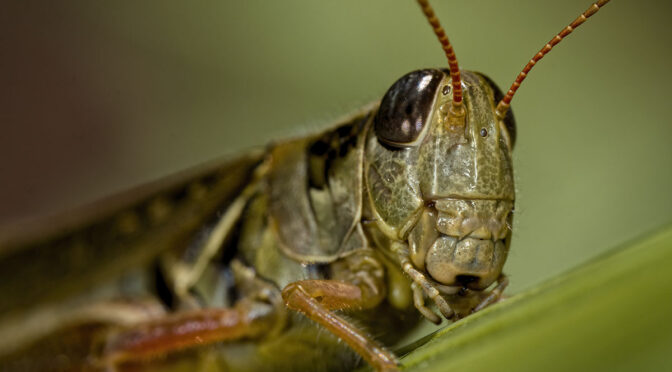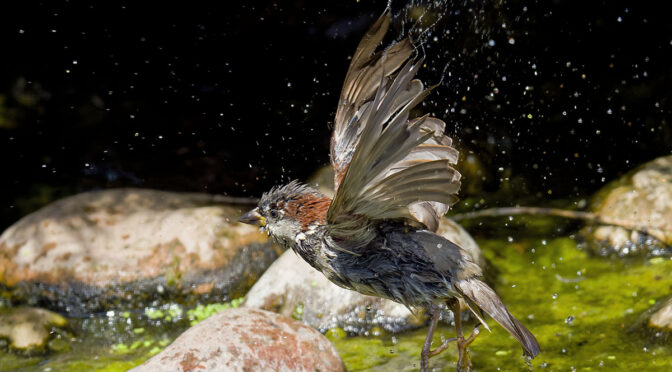This article features a selection of handheld grasshopper macro images captured with the M.Zuiko 90 mm macro IS PRO lens. I used the M.Zuiko MC-20 teleconverter for all of the photographs in this article. Most of the images were captured using handheld in-camera focus stacking technology. A few photographs at the end of the article were captured using the M.Zuiko STF-8 Twin Macro Flash.
Category Archives: Insect Photography
Importance of Frame Rate
This article discusses the importance of frame rate, specifically when photographing perched birds and insects taking flight. As photographers each of us has our own approach on how we use our camera gear. I appreciate that many people use continuous auto-focus for the bulk of their photography that involves wildlife subjects in motion.
Handheld Telephoto Tips
This article features some basic handheld telephoto tips that can be used to help avoid arm fatigue when using larger, heavier lenses. Now that I’m in my 70s I still use the same basic technique that I’ve utilized for many years. There are a few things that I’ve added to help me shoot with the M.Zuiko 150-600 mm f/5-6.3 IS zoom lens for extended periods of time.
Bees with 150-600
This article features a selection of images of bees captured handheld with the M.Zuiko 150-600 mm f/5-6.3 IS zoom lens.
Catch-As-Catch-Can Photography
For me, catch-as-catch-can photography has always meant living in the moment and reacting to photographic opportunities as they reveal themselves. There can be special feelings of creativity… spontaneity… and sometimes excitement that happen when we work in challenging conditions, or have to respond quickly to unplanned situations.
I suppose ‘catch-as-catch-can’ photography may be viewed by some folks as a ‘seat of the pants’ approach. Given the lack of detailed preparation and planning that is involved with ‘catch-as-catch-can’ photography… this is likely a fair assessment.
Dragonflies In-Flight
This article features a selection of images of dragonflies in-flight captured handheld using the M.Zuiko 150-600 mm f/5-6.3 IS zoom. All of the images were captured during a recent visit to the Royal Botanical Gardens in Burlington Ontario.
Macro with 2X Teleconverter
As a handheld photographer, shooting macro with a 2X teleconverter was something that I had never attempted, or even considered, in the past. That all changed when we purchased the M.Zuiko 90 mm f/3.5 PRO IS macro lens.
Photographing Captive Butterflies
Photographing captive butterflies can be a very different experience when compared to photographing their counterparts in the wild. Since captive butterflies are usually acclimatized to people we can get much closer to them. This can also lead to them being more comfortable staying in a specific perched position for longer durations of time.
Jumping Spider in Mid-Air
This article features some images of a jumping spider in mid-air, captured handheld in my backyard using Pro Capture H. The photographs are the result of a quick, spur-of-the-moment attempt… so they aren’t the best… but there was some good learning to be gained from this experience. The photographs that follow are six consecutive images taken with the same Pro Capture H run.
Macro Treasures
Often we can find macro treasures to photograph while exploring the flower beds in the yards around our own homes. This article features a selection of images captured using handheld in-camera focus stacking in combination with the M.Zuiko 90 mm f/3.5 PRO IS Macro lens and M.Zuiko MC-14 teleconverter.










